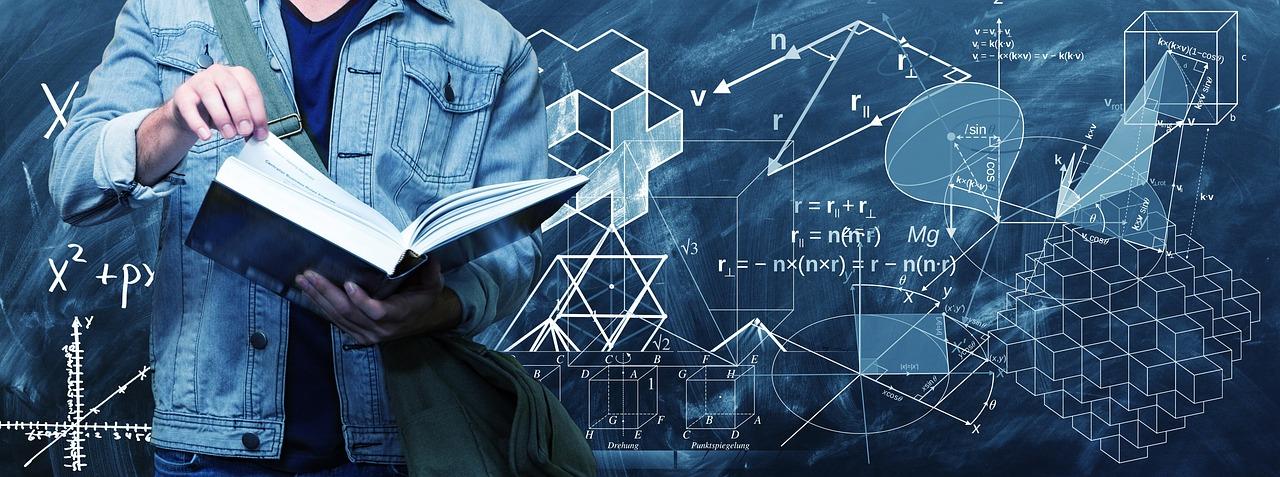
Art Fractals
by Alisson Suito
This lesson is based on the Fibonacci sequence. Overlapping concepts of pattern, repetition, structure, scale, proportions are considerations for constructing an artistic, math-based sculpture.
Objectives:
Engineer a successful structure that repeats a sequence present in the natural world (or geometry or algebra).
Calculate the correct proportional increase of the pattern.
Evaluate and select effective materials for a purpose.
Demonstrate artistic and technical skills when problem solving.
Present the project to your audience.
Lesson Plan Link/URL
https://docs.google.com/presentation/d/141YwPW6VQmGYK7dE0Wxid4Qdc1nTH_dA/edit?u…Subject Area
Engineering S2: Apply the Engineering Design Process S6: Apply Communications to Engineering Mathematics Geometry (G) Ratio and Proportion (RP) Algebra (A)
Featured
Off
Related Content

Grades:
8th Grade, 9th Grade, 10th Grade, 11th Grade, 12th Grade
This lesson is designed to allow students the experience to move from an additive understanding in mathematics to a multiplicative understanding through this activity called Cootie Catcher. The

Grades:
9th Grade, 10th Grade, 11th Grade, 12th Grade
Description: Students will use Google’s TeachableMachine website to create an artificial intelligence image recognition model that recognizes various facial emotions (~4 facial expressions), such as

Grades:
7th Grade, 8th Grade, 9th Grade, 10th Grade, 11th Grade, 12th Grade
Dive into the physics and engineering and programming of holonomic drives! Learn to code and control movement for your FTC robot with hands-on activities and real-world applications.